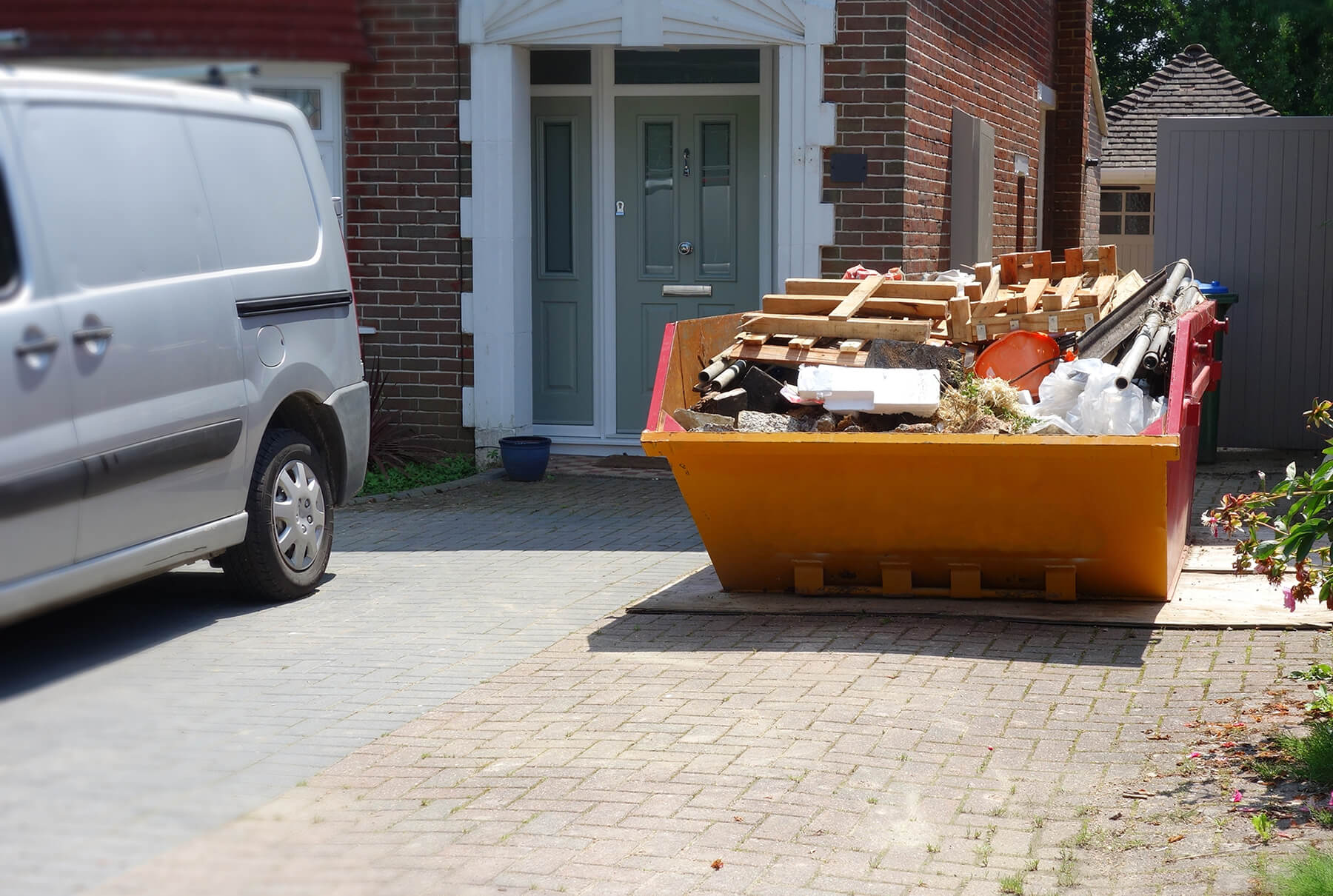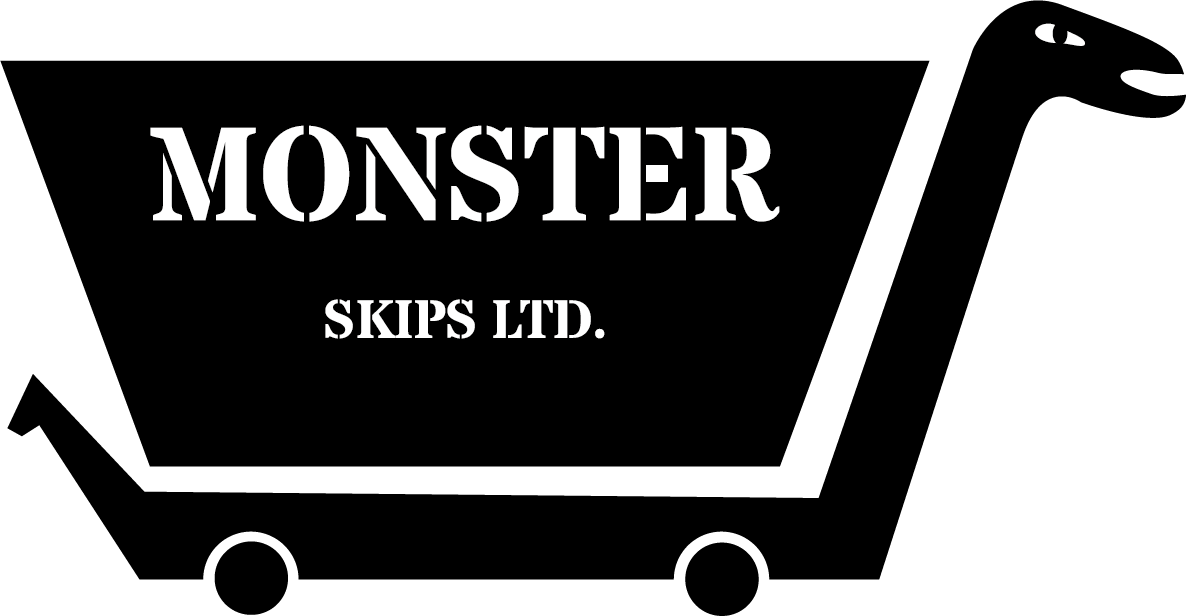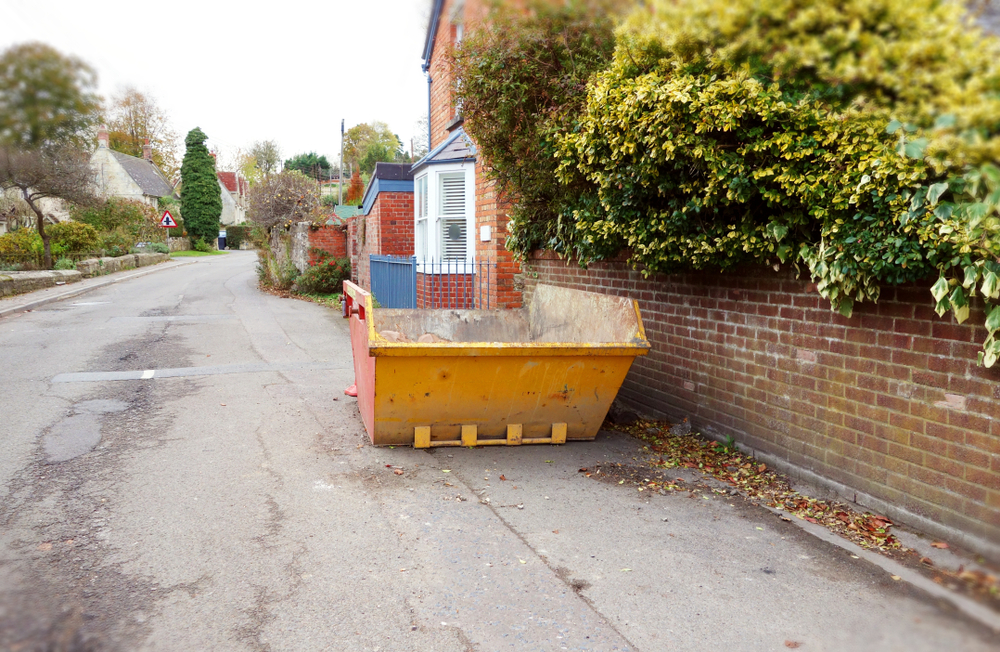

What You Can and Can’t Put in a Domestic Skip: A Clear List for Homeowners
Hiring a skip is one of the easiest and most efficient ways to manage large amounts of waste during home renovations, garden projects, or decluttering. But before you book your domestic skip hire, it’s essential to know exactly what can and can’t go inside. Not following waste guidelines can lead to extra charges, safety issues, or even legal consequences all of which are avoidable with the right information.
This guide breaks down everything you are allowed to put in a domestic skip, the items that are strictly prohibited, and the reasons behind these rules. Whether you’re planning a major renovation or simply clearing clutter, this list will help you stay compliant and make the most of your skip hire service.
For tailored waste solutions or to book a skip, visit our Domestic Skip Hire service page:
Why Understanding Skip Restrictions Matters
Domestic skips are designed to safely handle household and renovation waste, but not all materials can be mixed. Waste regulations require certain items to be disposed of separately for safety and environmental reasons.
Putting the wrong materials in your skip can lead to:
- Extra disposal fees
- Removal delays
- Recyclable waste contamination
- Hazards for collection teams
- Fines for non-compliance
Knowing the rules ensures a smooth and cost-effective skip hire experience.
What You Can Put in a Domestic Skip
1. General Household Waste
These items are allowed, safe, and easy to recycle:
- Clothing
- Toys
- Plastics
- Cardboard
- Books
- Small household rubbish
2. Furniture
You can safely dispose of:
- Tables and chairs
- Wardrobes
- Bed frames
- Shelves
- Sofas (check upholstery regulations with your provider)
3. Garden Waste
Domestic skips are ideal for garden clearances, including:
- Soil
- Leaves
- Grass
- Branches (cut down)
- Plants
4. Renovation & DIY Waste
Perfect for home improvement waste such as:
- Tiles
- Plasterboard (if separated)
- Wood
- Bricks
- Rubble
- Bathroom/kitchen units
5. Metals and Scrap
You can include:
- Radiators
- Pipes
- Scrap metal
- Tools
- Ironmongery
6. Non-Electrical Household Items
As long as the item is not electrical or hazardous, it is likely permitted.
What You Can’t Put in a Domestic Skip
1. Electrical Items (WEEE Waste)
Not allowed in domestic skips:
- Fridges/freezers
- TVs
- Washing machines
- Laptops
- Batteries
- Microwaves
These must be recycled at designated WEEE recycling centres.
2. Hazardous Waste
Strictly prohibited due to health and environmental risks:
- Paints and thinners
- Asbestos
- Gas bottles
- Chemicals
- Oils
- Medical waste
- Fluorescent lighting
Your skip provider may be able to arrange specialist disposal.
3. Tyres and Car Parts
Cannot be placed in a domestic skip:
- Tyres
- Car batteries
- Engine components
- Oil filters
4. Plasterboard Mixed with General Waste
Plasterboard must be:
- Bagged separately
- Or placed in a dedicated plasterboard skip
5. Liquids
Skips are not suitable for:
- Oil
- Fuel
- Wet paint
- Chemicals
- Adhesives
These liquids can leak and cause contamination.
How to Avoid Additional Charges
✔ Check the waste list before you start loading
✔ Never overfill above the skip fill line
✔ Separate plasterboard if required
✔ Choose the right skip size
Wrapping up


Knowing what you can and can’t put in a domestic skip will help you avoid unexpected charges, keep your project running smoothly with Monster Skips and ensure safe and environmentally responsible waste disposal. Whether you’re decluttering, renovating, or landscaping, domestic skip hire remains one of the most convenient waste solutions for homeowners.
To book your skip or explore more services, visit: – https://monsterskipsltd.co.uk/our-services/domestic-skips/
FAQs – Domestic Skip Hire
1. What size skip do I need for my home project?
The right skip size depends on the type and amount of waste you’re disposing of. For small clearances, a 2–4 yard skip is ideal. Medium renovations usually require a 6–8 yard skip, while larger home projects typically need a 10–12 yard skip.
2. What items am I not allowed to put in a domestic skip?
You cannot dispose of electrical appliances, chemicals, asbestos, tyres, paint, oils, gas cylinders, medical waste or any hazardous materials. These require specialist disposal services.
3. Do I need a permit for a domestic skip?
You only need a permit if the skip will be placed on a public road or pavement. If it’s on private property such as a driveway or garden, no permit is required.
4. How long can I keep a skip for?
Most skip hire periods range from 7–14 days, but this can vary. Extensions are usually available just contact the skip hire provider to arrange additional time.
5. Can I put mixed waste in a domestic skip?
Yes, domestic skips can take mixed general waste such as household items, furniture, garden waste and renovation debris. However, hazardous or electrical items must never be mixed in.
6. What happens to the waste after the skip is collected?
Once collected, your waste is sorted at a licensed waste transfer facility. Recyclable materials are separated, and the rest is processed responsibly to minimise landfill.
7. How do I stop people from putting rubbish in my skip?
If your skip is placed in a public area, you can use a lockable skip, cover it overnight with a tarpaulin, or position it closer to your property to reduce the risk of unauthorised waste.

